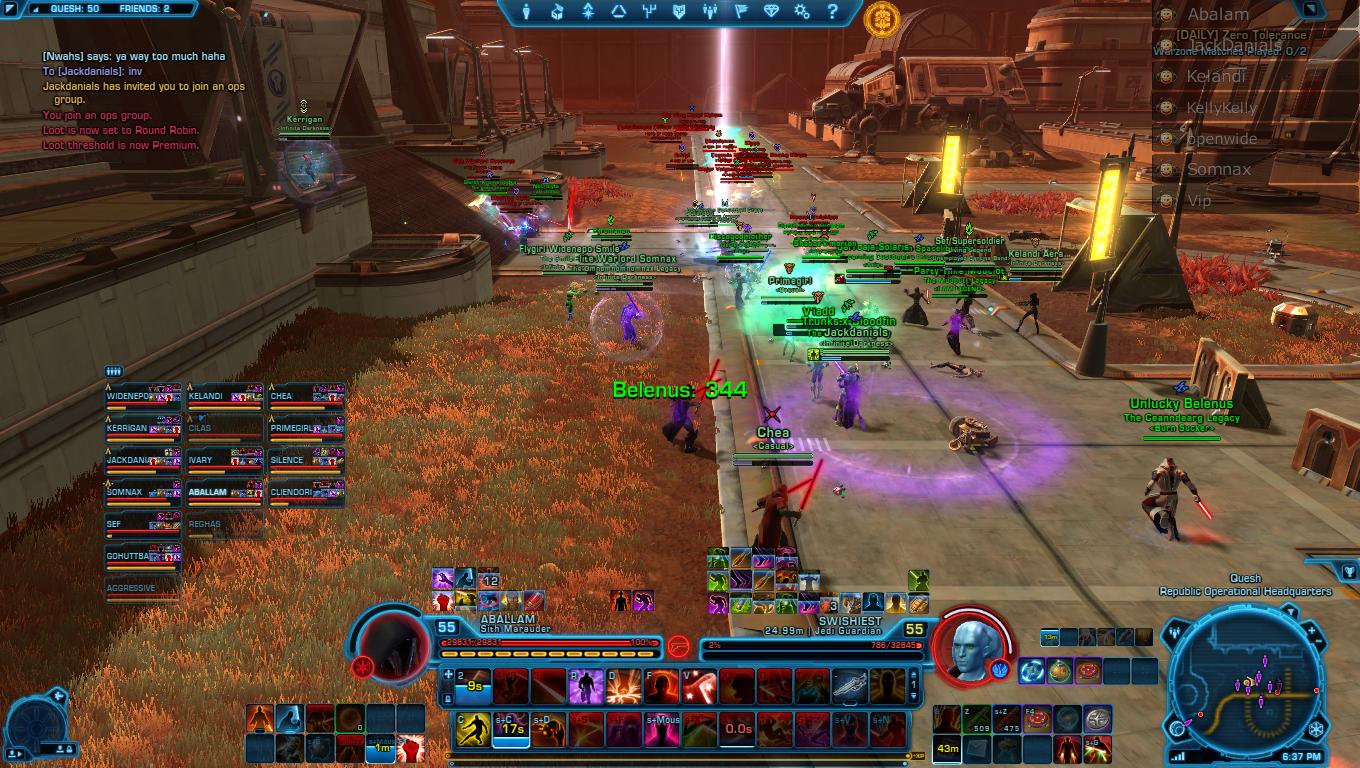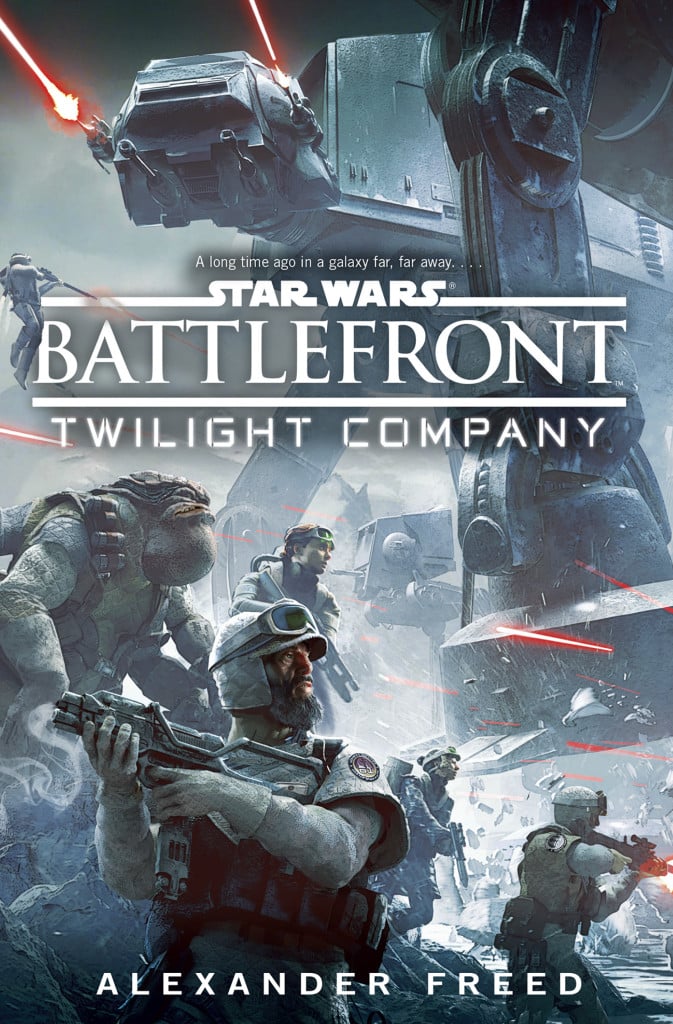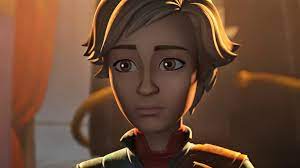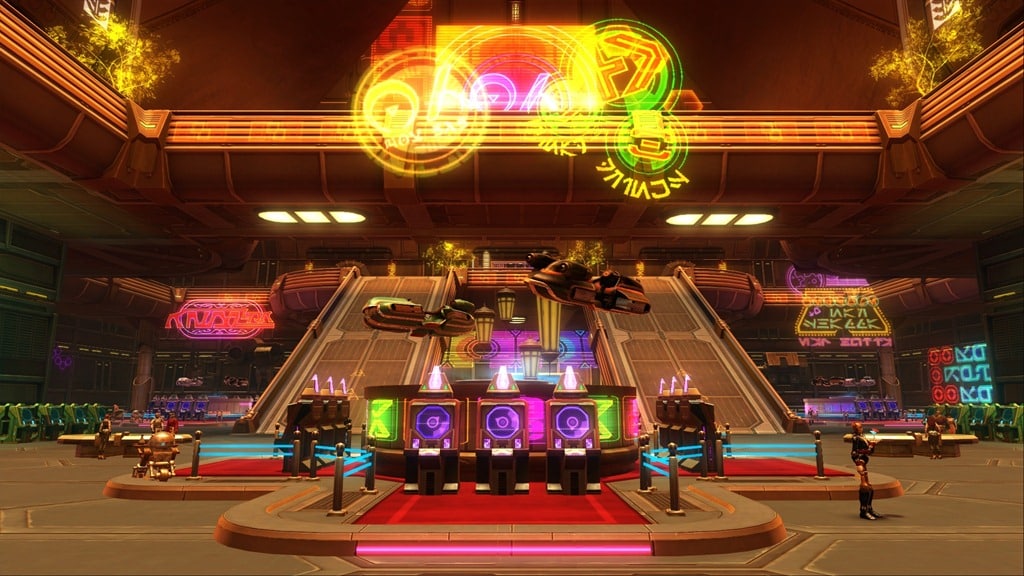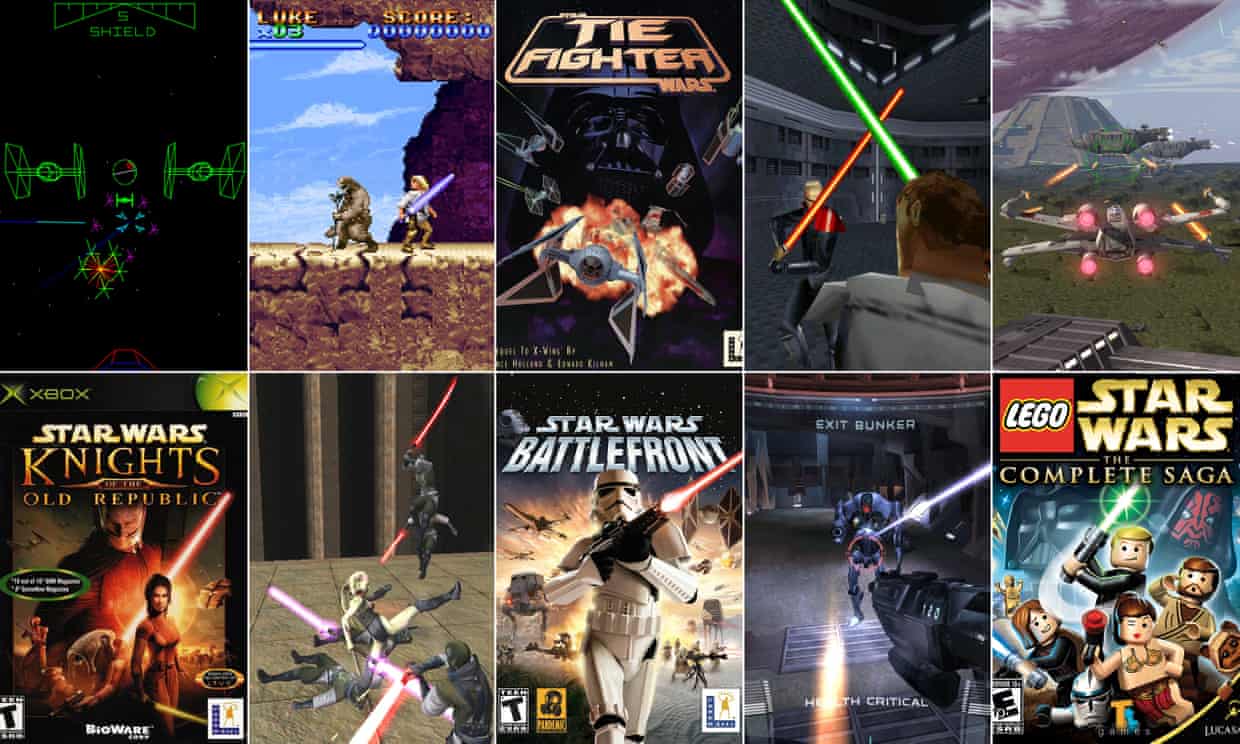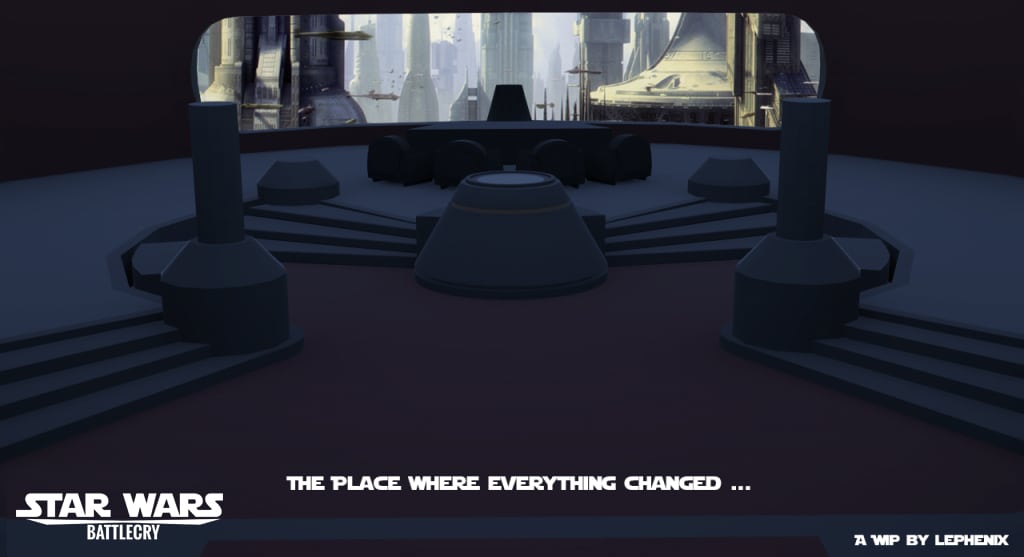Diving into the Player vs. Player (PvP) combat and Ranked Arenas of “Star Wars: The Old Republic” (SWTOR) presents a galaxy of challenges and opportunities. Whether you’re engaging in spontaneous skirmishes or competing in the structured chaos of ranked matches, PvP in SWTOR is where strategies are tested, alliances are forged, and legends are born. This comprehensive guide is designed to arm you with the essential knowledge and tactics needed to thrive in the competitive arena, ensuring you’re not just another casualty of the galactic conflict. Here’s what we’ll cover to prepare you for PvP supremacy:
- Class Builds for PvP Success: Tailoring your character’s build to suit your PvP role—be it DPS, tank, or healer—and understanding the synergies and counters specific to PvP combat.
- Optimizing Gear and Stats: A deep dive into gearing strategies that maximize your effectiveness in PvP scenarios, highlighting the importance of bolster and the key stats to prioritize for your role.
- Advanced Team Strategies: The art of communication, focus targeting, and objective control to outmaneuver your opponents and secure victory through teamwork and tactical prowess.
- Mastering Map Tactics: Insider knowledge on each PvP map, including environmental hazards, strategic points, and tips for using the terrain to your advantage.
- Cooldown Management: Strategies for the efficient use of abilities and cooldowns, ensuring you have the upper hand in critical moments.
- Countering and Peeling Techniques: Tips on how to effectively counter opponents’ moves and protect your teammates from incoming threats, essential skills for turning the tide of battle.
- Situational Awareness in PvP: Developing a keen sense of awareness to adapt to the dynamic battlefield, make strategic decisions on the fly, and capitalize on the ebb and flow of combat.
- The Psychological Edge: Understanding the mental aspect of PvP, from predicting enemy moves to maintaining composure under pressure.
By the end of this guide, you’ll not only be equipped with the technical knowledge to excel in SWTOR’s PvP arenas but also gain insights into the strategic mindset required to outthink and outlast your adversaries. Whether you’re a seasoned veteran looking to refine your approach or a newcomer eager to make your mark, this guide will provide the foundation you need to succeed in the thrilling world of PvP combat in SWTOR.
Understanding Class Builds for PvP
To excel in Player vs. Player (PvP) combat in “Star Wars: The Old Republic” (SWTOR), a deep understanding of class builds and their roles in various PvP scenarios is essential. PvP in SWTOR is not just about who has the fastest reaction times or the best gear; it’s also about strategic preparation and choosing the right abilities, talents, and gear to complement your playstyle and role in the team. Let’s delve deeper into how to optimize your class build for PvP, covering everything from role-specific strategies to the nuances of adapting your build based on the PvP format you’re engaging in.
Role-Specific Build Considerations
- DPS (Damage Per Second): DPS players need to focus on maximizing their damage output while maintaining mobility and survivability. Key considerations include choosing talents that enhance your burst damage capabilities, as well as abilities that allow you to escape or mitigate incoming damage. Understanding the balance between AoE (Area of Effect) and single-target abilities is crucial, as different PvP scenarios will require different approaches.
- Tank: Tanks in PvP have a dual role: protecting teammates and disrupting enemy players. Tanks should prioritize talents and abilities that increase their survivability and crowd control potential. Abilities that can taunt enemies off your healers or DPS, as well as those that provide temporary invulnerability or damage mitigation, are particularly valuable. Additionally, tanks can benefit from “guarding” key teammates, reducing the damage they take and making the tank a more enticing target for enemies.
- Healer: Healers must balance their ability to keep their team alive with their own survivability. This includes selecting talents that enhance healing output, reduce the cooldown of critical healing abilities, and improve mana efficiency. Equally important are abilities that allow healers to escape from danger, such as speed boosts or crowd control immunity. Healers should also be adept at positioning to minimize the risk of being targeted by the enemy team.
Adapting Your Build
- Match Type Adaptation: The requirements of an Arena match can be vastly different from those of a larger Warzone. Arena matches, being smaller and more focused, often require builds that excel in burst damage or quick healing, as the fast-paced environment leaves little room for prolonged engagements. Conversely, Warzones may benefit from builds that offer sustained damage or healing, given the longer duration and varied objectives.
- Enemy Team Composition: Adapting your build in response to the enemy team’s composition can provide a significant advantage. For example, if the enemy team is heavy on melee DPS, incorporating abilities or talents that slow or immobilize can disrupt their ability to deal damage effectively.
- Synergy with Teammates: Discussing builds and strategies with your team before a match can lead to powerful synergies. For instance, coordinating crowd control abilities among team members can lead to devastating combos that leave enemies incapacitated and vulnerable to focused attacks.
Gear and Stat Prioritization
- Stat Priorities: While specific stat priorities can vary between classes and roles, certain stats generally hold value in PvP. Mastery and Power are universally beneficial, as they increase your overall effectiveness. Critical Rating and Alacrity are also crucial for most DPS and healers, enhancing damage output and healing efficiency.
- Set Bonuses and Tacticals: Choosing the right set bonuses and Tactical items can significantly impact your PvP performance. These should complement your chosen build and playstyle, offering enhancements to key abilities or providing new tactical options.
Conclusion
Understanding and optimizing class builds for PvP in SWTOR requires not only knowledge of your class but also an understanding of the broader PvP landscape, including the dynamics of team compositions and the specific demands of different PvP formats. By focusing on role-specific strategies, adapting your build to the situation, and carefully selecting your gear and stats, you can enhance your effectiveness on the battlefield and contribute more significantly to your team’s success. Remember, the best PvP players are those who are prepared for anything the galaxy might throw their way.
Team Strategies
Success in “Star Wars: The Old Republic” (SWTOR) PvP and Ranked Arenas is not solely the province of individual prowess but often the result of well-coordinated team play. The difference between victory and defeat can hinge on strategic communication, role fulfillment, and the execution of collective tactics. This extended exploration of team strategies will delve into advanced coordination efforts, positioning, and adapting to in-match developments to secure triumph in the galaxy’s most competitive arenas.
Enhancing Team Communication
- Pre-Match Planning: Before entering the battlefield, discuss team composition and strategies based on the map and potential enemy tactics. Assign roles and targets, and plan your opening moves.
- In-Match Callouts: Develop a system for quick and effective callouts. This includes identifying primary and secondary targets, calling for retreats or regrouping, and notifying teammates of enemy movements or ability cooldowns.
- Post-Match Review: After the match, take the time to review what worked well and what didn’t. Constructive feedback and discussing different strategies can significantly improve future performances.
Role Fulfillment and Flexibility
- Know Your Role: Each team member should have a clear understanding of their role—DPS, tank, or healer—and how to best support the team. Tanks should focus on protecting vulnerable teammates and disrupting enemies, DPS should prioritize high-value targets, and healers need to manage their positioning to stay safe while keeping the team alive.
- Adaptability: Be prepared to switch targets or change tactics mid-match. Flexibility can counter enemy strategies and exploit their weaknesses. DPS might need to switch between damage dealing and peeling for healers, tanks might need to focus more on crowd control, and healers should adjust their focus based on who’s taking the most damage.
Strategic Positioning and Map Awareness
- Control Key Areas: Dominating areas of strategic importance, such as choke points or objectives, can give your team the upper hand. Positioning should also take into account escape routes and access to health pickups.
- Map Awareness: Always be aware of your surroundings and the position of both allies and enemies. Knowing when to push forward or when to fall back can save your team from being flanked or overwhelmed.
- Utilizing Environmental Hazards: Some maps feature environmental hazards that can be used to your advantage. Knocking enemies into pits or off ledges can quickly turn the tide of battle.
Execution of Collective Tactics
- Focus Firing: Coordinating attacks on a single target can overwhelm enemy healers and quickly reduce the enemy team’s numbers. Decide on focus targets before engaging and switch targets as a team when necessary.
- Peeling for Teammates: Protecting your team’s healers and DPS from enemy focus is crucial. Utilize stuns, slows, and knockbacks to peel attackers away from vulnerable team members.
- Cooldown Synchronization: Plan the use of key abilities and cooldowns with teammates. Coordinating defensive cooldowns and offensive bursts can maximize their effectiveness and disrupt enemy strategies.
Adapting to In-Match Developments
- Readjusting Strategies: Stay flexible and willing to adjust your team’s strategy based on the flow of the match. This might mean changing focus targets, shifting who is on offense or defense, or even altering your team’s positioning to better control the map.
- Counter-Play: Be observant of the enemy team’s tactics and adapt accordingly. Identifying the enemy’s strategy early on can allow for effective countermeasures, neutralizing their advantages.
Conclusion
Team strategies in SWTOR’s PvP and Ranked Arenas are about more than just the sum of individual efforts; they encapsulate a shared commitment to strategic planning, in-the-moment communication, and adaptability to the evolving dynamics of each match. By fostering a team environment where roles are clearly defined, strategies are fluid, and every member is committed to mutual support and improvement, players can ascend the ranks and carve out their legacies in the annals of galactic combat. Remember, the strongest force in the galaxy is a team that fights as one.
Map Tactics
Mastering map tactics in “Star Wars: The Old Republic” (SWTOR) PvP and Ranked Arenas is crucial for turning the tide of battle in your favor. Each map in SWTOR offers unique challenges and opportunities for strategic play. From leveraging environmental hazards to controlling vital points, understanding the ins and outs of each battleground can give you a significant advantage. This extended exploration into map tactics will delve into positioning, environmental awareness, objective control, and specific strategies tailored to various maps in the game.
Leveraging Map Layouts
- High Ground Advantage: Controlling areas of elevation can provide both a strategic viewpoint over the battlefield and a defensive boon, making it harder for enemies to reach you. Use these positions for ranged attacks or to regroup and heal.
- Choke Points: Identify narrow passages or doorways where enemy movements are predictable. These areas are perfect for ambushing opponents or deploying area-of-effect (AoE) abilities for maximum impact.
- Open Areas vs. Enclosed Spaces: Adjust your tactics based on the terrain. Open areas favor ranged combat and mobility, while enclosed spaces benefit close-quarters fighting and control strategies.
Utilizing Environmental Hazards
- Hazard Awareness: Familiarize yourself with the environmental hazards on each map, such as acid pools, fire traps, or bottomless pits. Use these hazards to your advantage by knocking or luring enemies into them.
- Positional Combat: Fight with your back to safe areas, ensuring that you’re not the one caught off guard by the environment. Force enemies to engage you in disadvantageous positions.
Objective-Based Strategies
- Prioritize Objectives: In objective-based modes, always keep the primary goal in mind. Securing objectives often outweighs the benefits of chasing kills. Organize your team to capture, defend, or contest objectives efficiently.
- Rotations and Reinforcements: Develop a system for rotating team members to defend or attack objectives based on the current state of play. Quick and coordinated movements between objectives can outpace slower, less organized teams.
Map-Specific Strategies
- Huttball: Use the layout of the Huttball arena to your advantage by passing the ball to teammates across gaps or from higher platforms. Positioning and movement are key to scoring.
- Voidstar: In this Warzone, controlling the doors to plant or defuse bombs is critical. Use AoE and crowd control abilities to delay enemies or protect your team during bomb interactions.
- Alderaan Civil War: Controlling turrets is the objective. Split your forces wisely to defend your turrets while attempting to capture enemy-controlled points. Utilize speed boosts and quick travel options to move between objectives efficiently.
Adaptation and Flexibility
- Dynamic Response: Be ready to change your strategy as the match progresses. If an initial plan isn’t working, reassess and adapt based on the current situation and enemy tactics.
- Learning from Defeat: Use losses as opportunities to learn more about each map’s dynamics. Analyzing what went wrong in a match can provide insights into how to counter similar strategies in the future.
Advanced Positioning Techniques
- Flanking: Utilize less traveled paths to surprise enemies or attack from behind, especially effective against entrenched opponents or to disrupt enemy healers.
- Retreat and Regroup: Know when to fall back and regroup with your team. Disengaging from a losing fight to heal and plan a counterattack can be more beneficial than a costly defeat.
Conclusion
Success in SWTOR PvP and Ranked Arenas isn’t just about individual skill—it’s also about how well you and your team understand and exploit the unique aspects of each map. By mastering map layouts, utilizing environmental hazards to your advantage, prioritizing objectives, and adapting strategies to the flow of battle, you can achieve a higher level of play. Remember, the most effective teams are those that can not only execute well-thought-out plans but also adapt to the unpredictable nature of PvP combat, turning the very terrain of the battlefield to their advantage.
Advanced Tactics
In the competitive arenas of “Star Wars: The Old Republic” (SWTOR), mastering the basics of PvP combat is just the beginning. To truly excel and dominate in both casual PvP and the more intense atmosphere of Ranked Arenas, players must dive into advanced tactics that cover not only individual skill and team strategy but also psychological warfare and predictive gameplay. This detailed exploration of advanced tactics will provide insights into cooldown management, counter-play, situational awareness, and the psychological aspects of PvP, enhancing your ability to outmaneuver and outsmart your opponents.
Cooldown Management
- Strategic Ability Use: Every ability in your arsenal has a role. Learn to use your cooldowns not just reactively but also proactively, to dictate the flow of the battle. This includes saving key defensive abilities for anticipated enemy bursts or using offensive cooldowns to force defensive responses from opponents.
- Cooldown Tracking: Develop a habit of tracking both your cooldowns and those of your opponents. Anticipating when an enemy’s defensive abilities are down can create windows of opportunity for your team to capitalize on.
Counter-Play and Peeling
- Anticipating Enemy Moves: Success in PvP often comes down to anticipating and countering enemy strategies. This requires knowledge of other classes’ abilities and common tactics. By predicting an enemy’s next move, you can pre-emptively counter it, disrupting their game plan.
- Effective Peeling: Protecting your teammates, especially healers, is crucial. Peeling involves using crowd control, interrupts, and defensive abilities to remove pressure from targeted allies. Mastering peeling techniques can significantly enhance your team’s resilience.
Situational Awareness
- Battlefield Overview: Always maintain a broad awareness of the battlefield. Knowing the positions of allies and enemies, the status of objectives, and even the timing of power-ups can inform better decision-making.
- Adaptive Positioning: Your positioning should continually adapt based on the current state of play. This includes moving to support isolated teammates, retreating to safer ground when outnumbered, or pushing aggressively when you have the advantage.
The Psychological Aspect of PvP
- Mind Games: PvP is not just a physical battle but also a mental one. Feinting attacks, pretending to retreat, or baiting enemies into traps can lead to psychological advantages, causing frustration or hesitation in your opponents.
- Maintaining Composure: Keeping a cool head under pressure is essential. Panic can lead to mistakes, so focus on maintaining composure, even in dire situations. A calm player can make rational decisions that may turn the tide of battle.
Predictive Gameplay
- Reading the Enemy: Learn to read your opponents’ behavior patterns. Many players have telltale habits that can clue you into their next move, allowing you to prepare counters or avoid traps.
- Adaptation: Be ready to adapt your tactics on the fly. If an enemy catches on to your strategy, change it up. Unpredictability can be one of your greatest assets in PvP.
Advanced Communication
- Concise Callouts: Develop a system of concise, clear callouts that convey essential information quickly. Efficient communication can significantly enhance team coordination, especially in high-stakes situations.
- Coordination Beyond Voice Chat: Not all communication is verbal. Learning to read your teammates’ movements and actions can serve as silent communication, aiding in fluid, coordinated efforts without cluttering voice channels.
Conclusion
Advancing your PvP skills in SWTOR involves a blend of technical mastery, strategic thinking, and psychological insight. By incorporating these advanced tactics into your gameplay, you’ll find yourself not only performing better individually but also contributing more effectively to your team’s success. Remember, the best PvP players are those who are always learning, adapting, and looking for that next tactical edge. Whether it’s through mastering cooldown management, enhancing your situational awareness, or engaging in psychological warfare, there’s always room to grow and dominate in the galaxy’s most competitive arenas.
Conclusion: Elevating Your PvP Mastery in SWTOR
Embarking on the journey to PvP mastery in “Star Wars: The Old Republic” (SWTOR) is a quest that challenges your strategic acumen, reflexes, and ability to work as part of a cohesive unit. The path from a novice combatant to a revered champion in the game’s PvP arenas is fraught with challenges and learning opportunities. Through the comprehensive exploration of class builds, team strategies, map tactics, and advanced techniques, we’ve laid the groundwork for you to elevate your gameplay and make a significant impact in the galaxy’s fiercely competitive PvP landscape.
The Journey of Continuous Improvement
- Practice and Persistence: Mastery in PvP is not achieved overnight. It requires continuous practice, a willingness to learn from both victories and defeats, and the persistence to keep improving.
- Adaptation and Flexibility: The PvP environment in SWTOR is ever-changing, with updates, new content, and evolving player strategies. Staying adaptable, keeping abreast of game changes, and being willing to adjust your approach are key to staying at the top of your game.
- Community Engagement: Engaging with the SWTOR community can provide invaluable insights into emerging strategies, class builds, and tactical advice. Participate in forums, watch PvP streams, and communicate with fellow players to expand your understanding and skills.
Beyond Individual Skill: The Power of Teamwork
- Building Synergy: Successful PvP combat relies heavily on teamwork and synergy. Building a rapport with your team, understanding each member’s strengths and weaknesses, and learning to anticipate each other’s moves can create a formidable force on the battlefield.
- Strategic Planning: Use the knowledge gained from this guide to strategize with your team. Planning before matches, making real-time adjustments, and reviewing performances collectively can lead to significant improvements in team coordination and effectiveness.
The Psychological Game
- Mental Fortitude: Developing mental resilience is crucial in PvP. The ability to stay calm under pressure, to think clearly when the odds are against you, and to maintain focus during long gaming sessions will set you apart from the competition.
- Mindfulness and Reflection: Reflect on your gameplay, acknowledging both strengths and areas for improvement. Mindfulness about your performance and a constructive attitude towards feedback can accelerate your growth as a PvP player.
Embracing the Full SWTOR PvP Experience
- Diverse PvP Formats: SWTOR offers a variety of PvP formats, each with its own set of challenges and rewards. Embrace these different formats to become a well-rounded player who can adapt to any combat scenario.
- Community Events and Tournaments: Participate in community-run events and tournaments. These not only provide a platform to test your skills but also to engage with the community, share strategies, and learn from the best.
In Conclusion
As you forge ahead in your SWTOR PvP endeavors, remember that the journey is as rewarding as the destination. The skills you develop, the friendships you forge, and the experiences you gain will enrich your gaming experience far beyond the virtual battlegrounds. With dedication, teamwork, and the strategic insights provided in this guide, you are well on your way to becoming not just a participant in SWTOR’s PvP arenas but a legend remembered across the galaxy. May the Force be with you, always.


